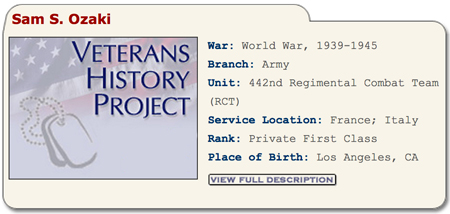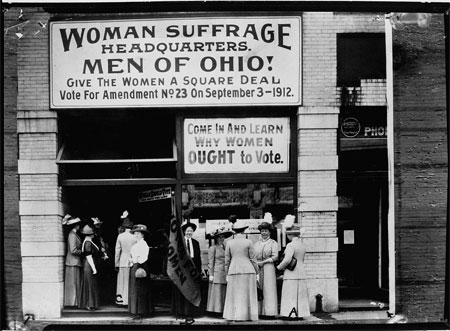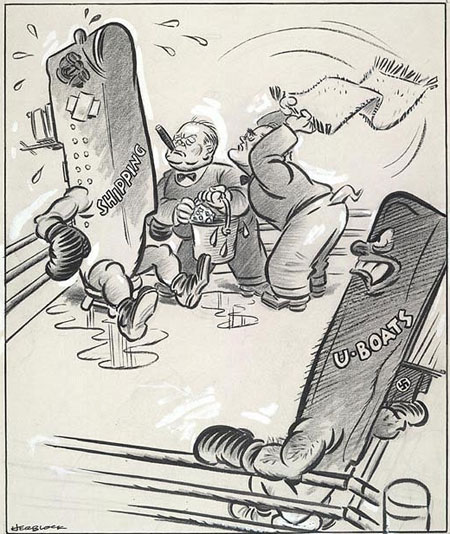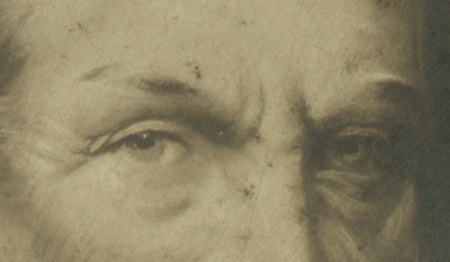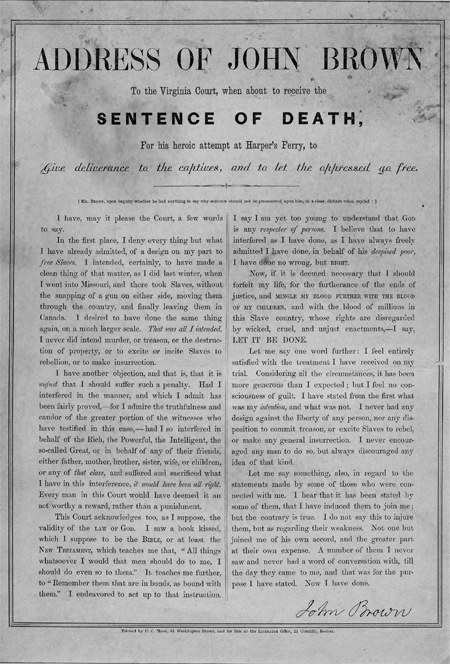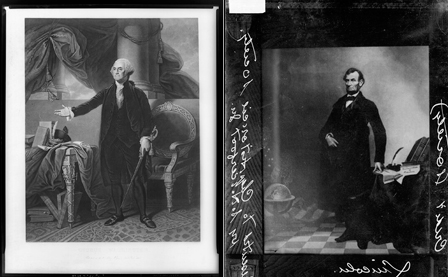Primary Source Learning: Immigration Primary Source Set
Have students use the primary sources in this set to tell a story about immigration to the United States. (For background information, review the following: Immigration to the United States, 1851-1900 and Immigrants in the Progressive Era). The story may be in digital or print form. It could be nonfiction, fiction, poetry, or even a song. These questions about…

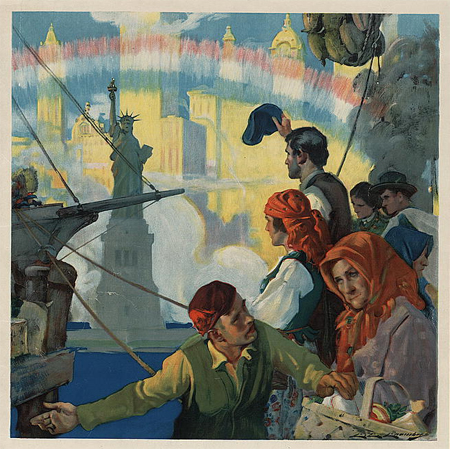
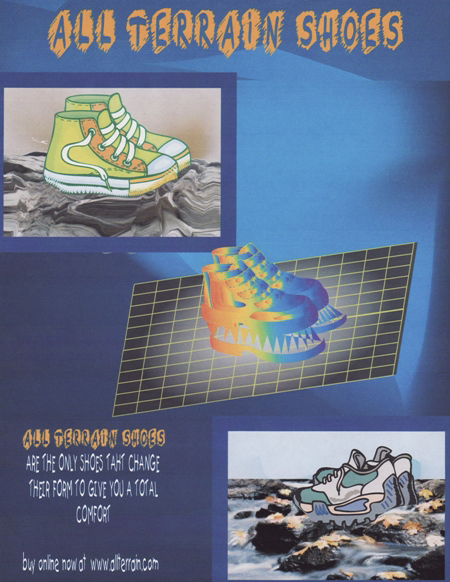


![Civil rights march on Wash[ington], D.C.](https://primarysourcenexus.org/wp-content/uploads/2013/08/bloomswritingprompts.jpg)
